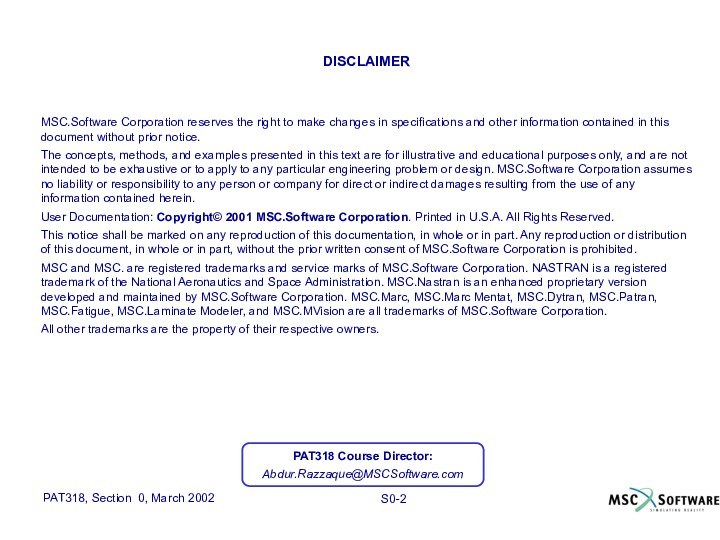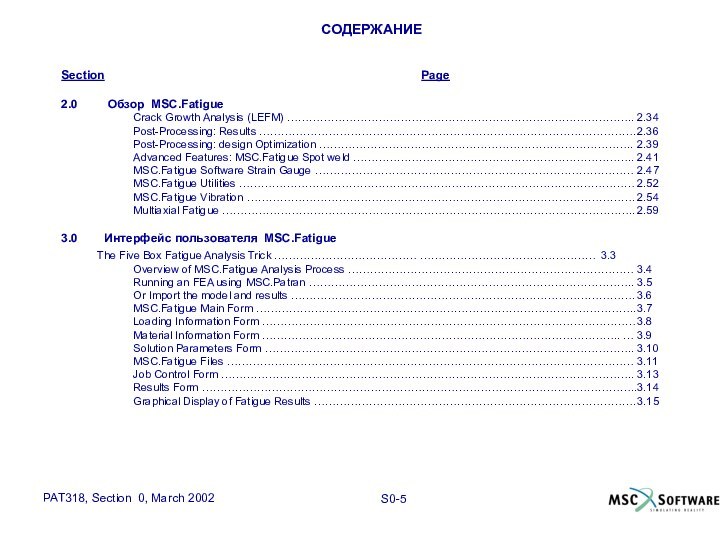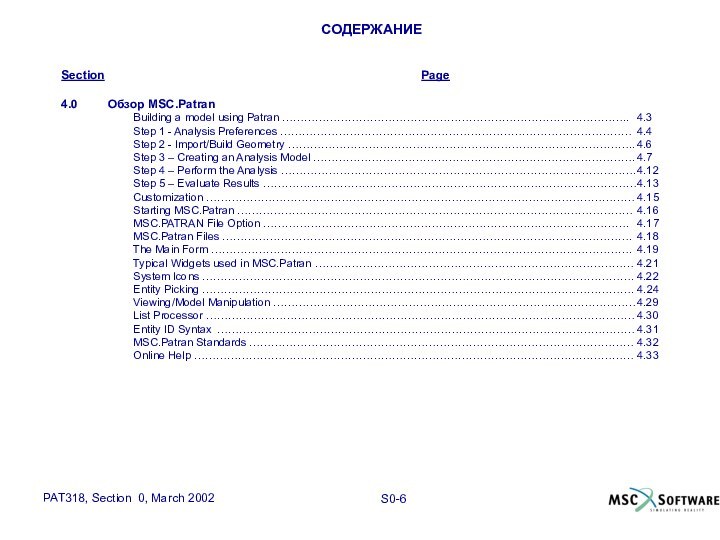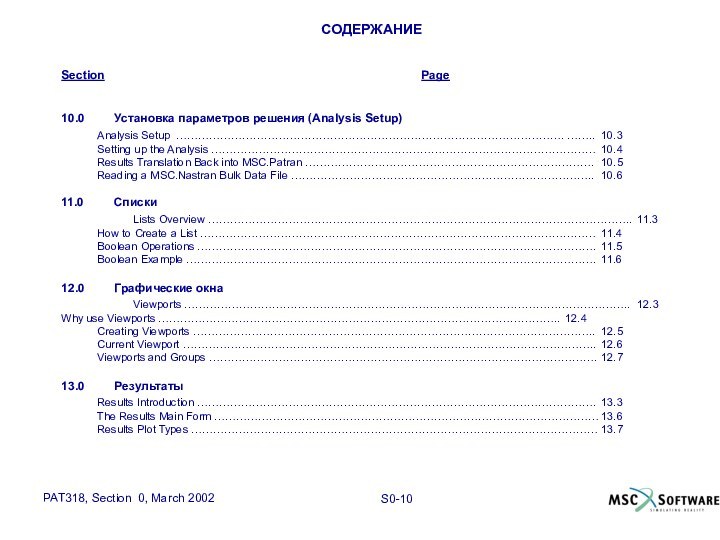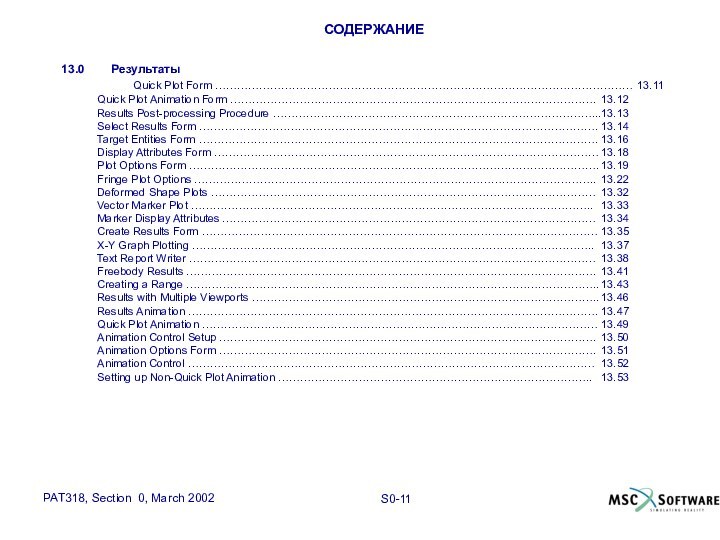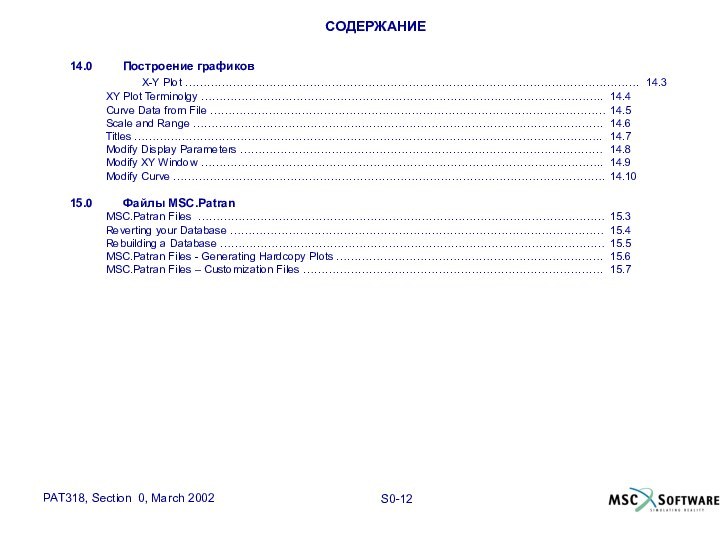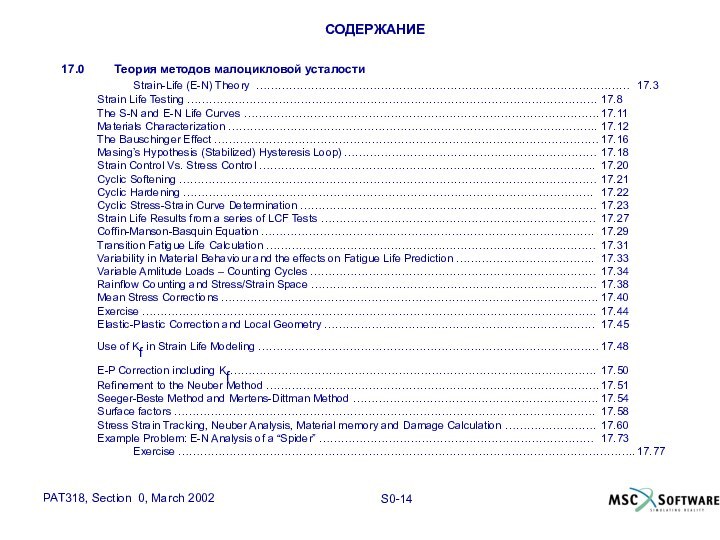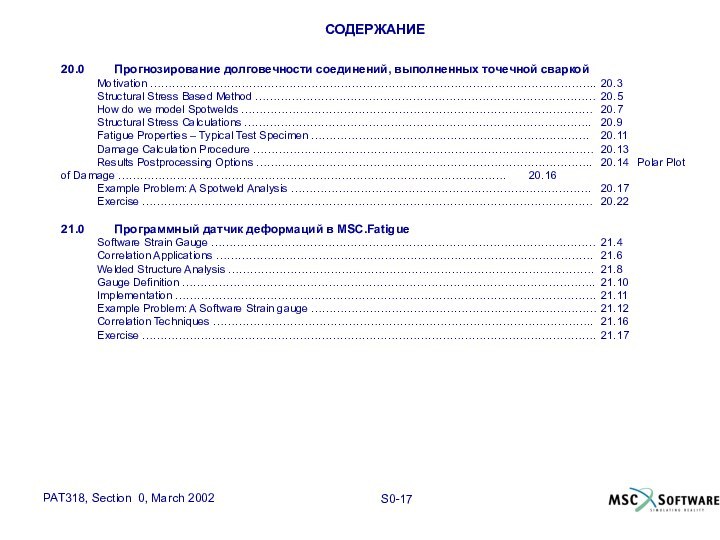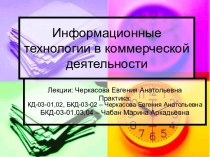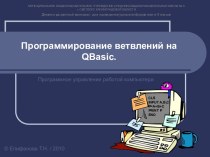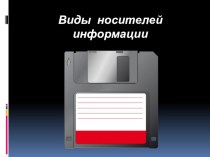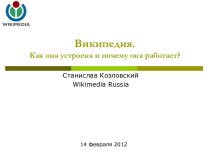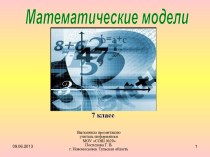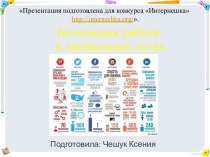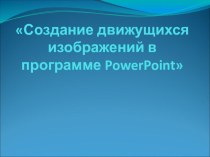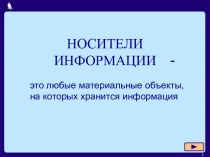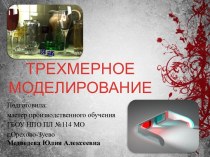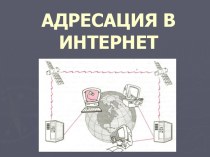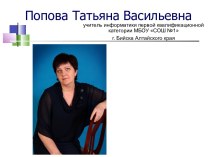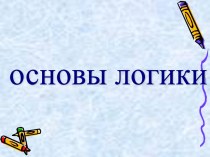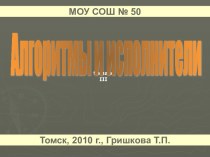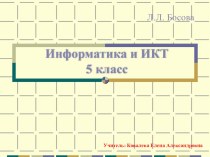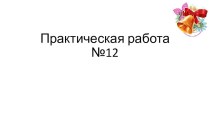in specifications and other information contained in this document
without prior notice.The concepts, methods, and examples presented in this text are for illustrative and educational purposes only, and are not intended to be exhaustive or to apply to any particular engineering problem or design. MSC.Software Corporation assumes no liability or responsibility to any person or company for direct or indirect damages resulting from the use of any information contained herein.
User Documentation: Copyright© 2001 MSC.Software Corporation. Printed in U.S.A. All Rights Reserved.
This notice shall be marked on any reproduction of this documentation, in whole or in part. Any reproduction or distribution of this document, in whole or in part, without the prior written consent of MSC.Software Corporation is prohibited.
MSC and MSC. are registered trademarks and service marks of MSC.Software Corporation. NASTRAN is a registered trademark of the National Aeronautics and Space Administration. MSC.Nastran is an enhanced proprietary version developed and maintained by MSC.Software Corporation. MSC.Marc, MSC.Marc Mentat, MSC.Dytran, MSC.Patran, MSC.Fatigue, MSC.Laminate Modeler, and MSC.MVision are all trademarks of MSC.Software Corporation.
All other trademarks are the property of their respective owners.
PAT318 Course Director:
Abdur.Razzaque@MSCSoftware.com

